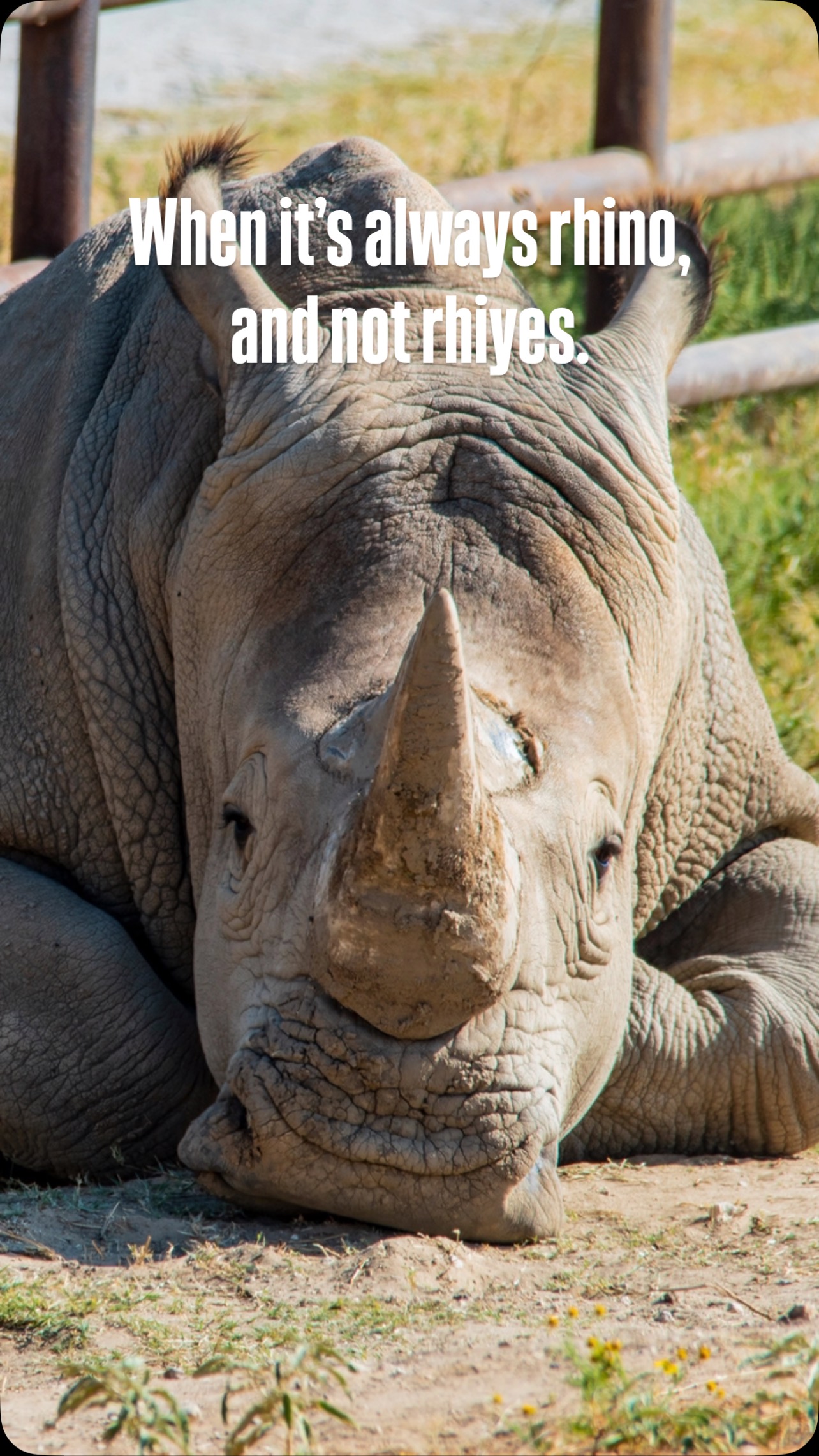- Exploring the psychological and behavioral patterns of animals on off days and how these are similar to human experiences.
- Understanding zoo management practices in addressing the needs and welfare of animals experiencing a ‘bad day’.
- Highlighting the significance of such behavioral insights in wildlife conservation efforts.
- Demonstrating how social media can play a role in public engagement and awareness about animal behavior and conservation.
Animals, much like humans, can experience fluctuations in mood and behavior. On days when animals appear withdrawn, less active, or irritable, it’s essential to recognize these as natural and understandable variations. Just as humans can have off days due to stress, fatigue, or other environmental factors, animals too exhibit similar responses. This shared experience underscores the interconnectedness of living beings and provides an opportunity to foster empathy towards animals in care.
To understand these behavioral patterns, zoologists and animal caregivers observe indicators such as reduced social interaction, changes in appetite, and general lethargy. These clues require careful interpretation, considering factors like recent changes in the environment, diet, or social groupings. For example, a change in weather or a disruption in routine can significantly influence an animal’s demeanor, much like a work-related stressor might affect a person’s mood. Recognizing these signs promptly is critical for ensuring the animal’s welfare and addressing potential underlying issues.
Zoo management plays a crucial role in mitigating the effects of such off days for animals. By designing enclosures that allow for privacy and provide enrichment activities, zookeepers can help animals regain balance in their behavior. Enrichment activities, such as puzzle feeders or interactive toys, mimic challenges found in the wild and encourage mental stimulation. These measures serve not only to distract and engage animals but also to reduce stress-induced behaviors.
A keen understanding of an animal’s natural history and daily rhythm is vital. This knowledge allows caregivers to predict possible stressors and preemptively address them. In doing so, they maintain an environment that fosters health and well-being. The implementation of these strategies showcases the dedication of zoo professionals to enhancing the quality of life for their charges.
These insights have far-reaching implications for wildlife conservation efforts. Documenting and analyzing animal behavior in captivity can lead to breakthroughs in understanding species that are difficult to observe in the wild. Such knowledge informs conservation practices, ensuring that efforts to reintroduce animals into their natural habitats are based on evidence and knowledge of their needs. The enhancement of animal welfare in zoos directly correlates with the success of broader conservation initiatives, emphasizing the importance of studying these behavioral nuances.
Moreover, understanding animal welfare and behavior can enhance public engagement in conservation. Social media platforms like Instagram serve as powerful tools to share stories and behavior clips, raising awareness about the complex lives of captive animals. These platforms allow zoos and conservationists to reach a broader audience, sparking interest and encouraging support for wildlife conservation efforts. A video of a rhino having an off day might resonate with viewers, fostering a sense of connection and empathy.
Social media’s role in conservation now extends beyond mere awareness. It engages viewers in narratives that highlight the shared experiences of humans and animals. By displaying the daily lives of animals, zoos not only entertain but educate the public, encouraging a sense of stewardship for the natural world. This shift towards interactive, real-time engagement promotes a deeper understanding of the challenges faced by wildlife, both in captivity and in their natural environments.
Ultimately, recognizing and supporting the well-being of animals during their off days is not just an ethical decision but a strategic one. It aligns with the broader goals of wildlife conservation, zoo management, and public education. By viewing behavioral variations through a lens of empathy and science, society can continue to evolve in its approach to animal care and environmental preservation. Engaging with animals on social media can also provide a glimpse into these efforts, bridging the gap between wildlife and the public.
*****
Source Description
Everybody has those days. 🦏


